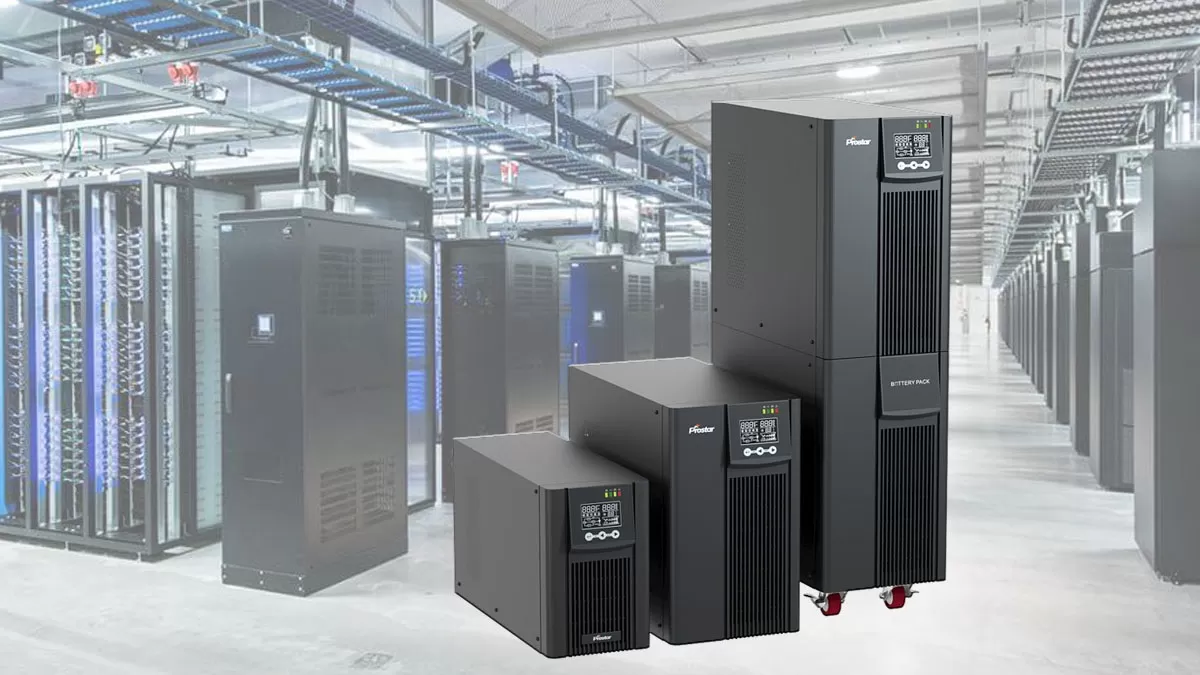
In the world of software delivery, moving code into production is like sailing a ship through a bustling harbour. The vessel must maneuver through traffic, avoid hidden rocks, and keep its crew aligned. A wrong turn or delayed signal could send the ship crashing against the dock. Fast feedback is the lighthouse guiding teams through the storm, ensuring they reach shore safely, no matter how turbulent the waters.
The Lighthouse of Fast Feedback
Imagine standing at sea without a compass or beacon. Every movement feels uncertain, and danger lurks behind every wave. This is what deployment looks like when feedback cycles are slow. By contrast, fast feedback illuminates the path forward in real time. Unit tests, integration checks, and automated quality gates become signals that blink back at developers quickly enough for them to adjust course before disaster strikes.
When a company invests in structured processes—such as DevOps Coaching in Bangalore, where teams practise feedback-driven deployment—it’s like training sailors to respond instantly to changing weather. Each warning light becomes an opportunity, not a hindrance.
Building Trust with Rapid Signals
Feedback isn’t just about spotting errors; it builds trust. Think of a pilot testing the controls before takeoff. Every button that responds correctly reassures them that the aircraft will hold up in the sky. In deployment pipelines, rapid test results provide that same reassurance.
When developers know they’ll receive immediate signals if their code introduces a bug, they experiment more freely. They push innovative solutions without fearing that one oversight will sink the entire ship. Quick signals create psychological safety, and in turn, more resilient applications. Teams that engage in structured programmes like DevOps Coaching in Bangalore often report that confidence, not caution, becomes the default culture.
The Cost of Silence
Silence during deployment is dangerous. It’s like steering blindfolded, waiting hours or days to learn whether the path chosen was safe. Delayed feedback often leads to bloated releases, unresolved conflicts, and sleepless nights spent rolling back broken systems. The cost of fixing problems late in the cycle is not just financial; it erodes morale, trust, and momentum.
Fast feedback prevents these cascading effects. By catching mistakes at their smallest size, teams prevent them from snowballing into catastrophes. A red test result seconds after committing code is a gift—it stops waste before it multiplies.
Orchestrating the Right Tools
A symphony sounds harmonious only when every instrument is tuned and the conductor cues them in at the right moment. Deployment pipelines function the same way. Continuous integration tools, monitoring dashboards, and automated performance checks are the orchestra. Feedback loops are the conductor’s baton, ensuring no section plays out of sync.
When orchestrated well, every push of code creates a cascade of signals that flow back to the developer in minutes. This synchronisation isn’t about speed alone; it’s about harmony, where each instrument reinforces the clarity of the whole.
Feedback as a Safety Net
Walking a tightrope looks impossible—until you notice the safety net beneath. Fast feedback is that net in deployment practices. It doesn’t remove risk entirely, but it reduces the consequences of mistakes to a survivable level. Developers can move faster, experiment boldly, and balance innovation with safety.
In this model, deployments become less about anxiety and more about learning. Each error flagged early is an opportunity to refine both code and process. Each green checkmark is a confirmation that the team is on the right track.
Conclusion: Sailing with Confidence
Software deployment is no longer a gamble; it’s a disciplined journey guided by rapid, reliable signals. Fast feedback secures the code, not by eliminating all risk, but by ensuring mistakes are caught when they’re smallest and easiest to correct. Like a well-lit harbour, it reassures crews that they can sail forward with confidence.
For organisations that want every deployment to feel safe, investing in culture, tooling, and practices that prioritise immediate signals is essential. Fast feedback is not just a convenience—it is the compass, the lighthouse, and the safety net that keeps modern software delivery afloat.







